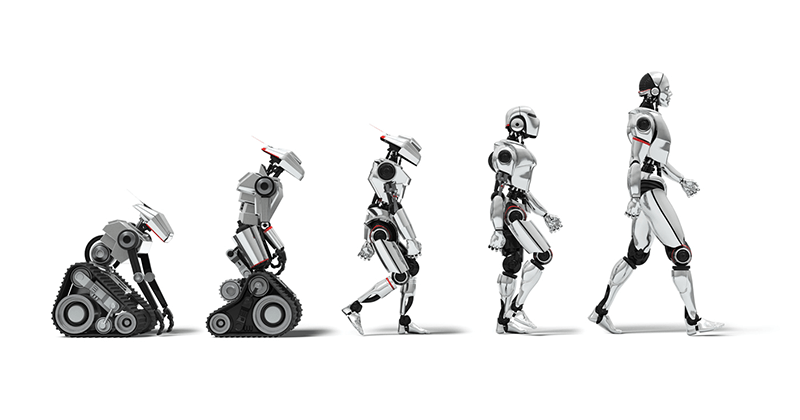
While machine learning along with its seamless experience and many applications shaped 2018, reinforcement learning is expected to shape 2019.
The fast-changing landscape of deep learning and machine learning has already spread across myriad industries. Considered one among the most exciting applications of Deep learning, Reinforcement learning bridges the gap between decision-based systems and functional approximation of deep learning.
Think about the nature of learning and the first thing that comes to mind is interacting with the environment. When a toddler looks for someone, plays, or waves his arms, there is no explicit teacher involved in the process – just the connection with environment. Leveraging this connection produces awareness about cause and effect, about what to do in order to achieve goals, and the repercussions of certain actions.
In Reinforcement learning, learners are not told which actions to take, rather, a learner discovers which action can yield maximum benefits. Technically, reinforcement learning doesn’t use labels (like supervised machine learning), it tries to maximize the reward function.
REINFORCEMENT LEARNING EXPLOSION - 2019 AND BEYONDDeep learning has already proven its worth by predicting real-world surroundings and solving many problems considered challenging for machines to handle. The whirl of RL started with the AlphaGo Zero by Deep Mind. Regarded a scientific breakthrough, AlphaGo Zero is a version of AlphaGo (DeepMind’s Go software) that learns from scratch and demands no bootstrapping from real-life human data. Well, it learns from its own mistakes too. It sounds scary and exciting – Are machines really going to take over?
From playing games to text summarization, there are many practical applications that RL is introducing to the world –
- Fanuc, a Japan based robotics company is leveraging deep reinforcement learning in manufacturing. It takes one device from a box and puts it back in a container. Like human beings, it learns from success and failures; later training itself to do the same job with more precision and speed. Tesla, for that matter, uses more than 150 robots to eliminate the risk of defective products.
- Supply chain management industry confronts the issue of coordinating with various supply chain actors including distributors, suppliers, and manufacturers. This is where RL can help. Effective RL algorithms can be built to optimize space utilization, reduce transit time and warehouse operations.
- Digital learning and training platforms have also started experimenting. A few researchers at the University of Washington are developing statistical models and algorithms to offer custom materials and instructions per the individual student requirements.
- AI researchers associated with Salesforce earlier this year put RL to use with abstractive text summarization (which is a technique to generate summaries from text on the basis of ‘abstracted’ content from an original document). This is an area where RL is expected to shine the most since many organizations need better text mining techniques.
Whether it’ll become a buzzword or not – We don’t know. One thing that’s obvious is, RL and related applications are only expected to grow in coming years.
SHALL WE LEAVE IT ALL TO MACHINES THEN?Well, no. Not yet. No matter how promising RL seems, it’ll never be able to step into human being’s shoes. It’ll still take years to find an alternative for human contact. We’re a few breakthroughs away from leveraging RL in practice, yet.
Sit back, relax, and watch machines do wonders. But know, when they goof up, they’ll need you.


































